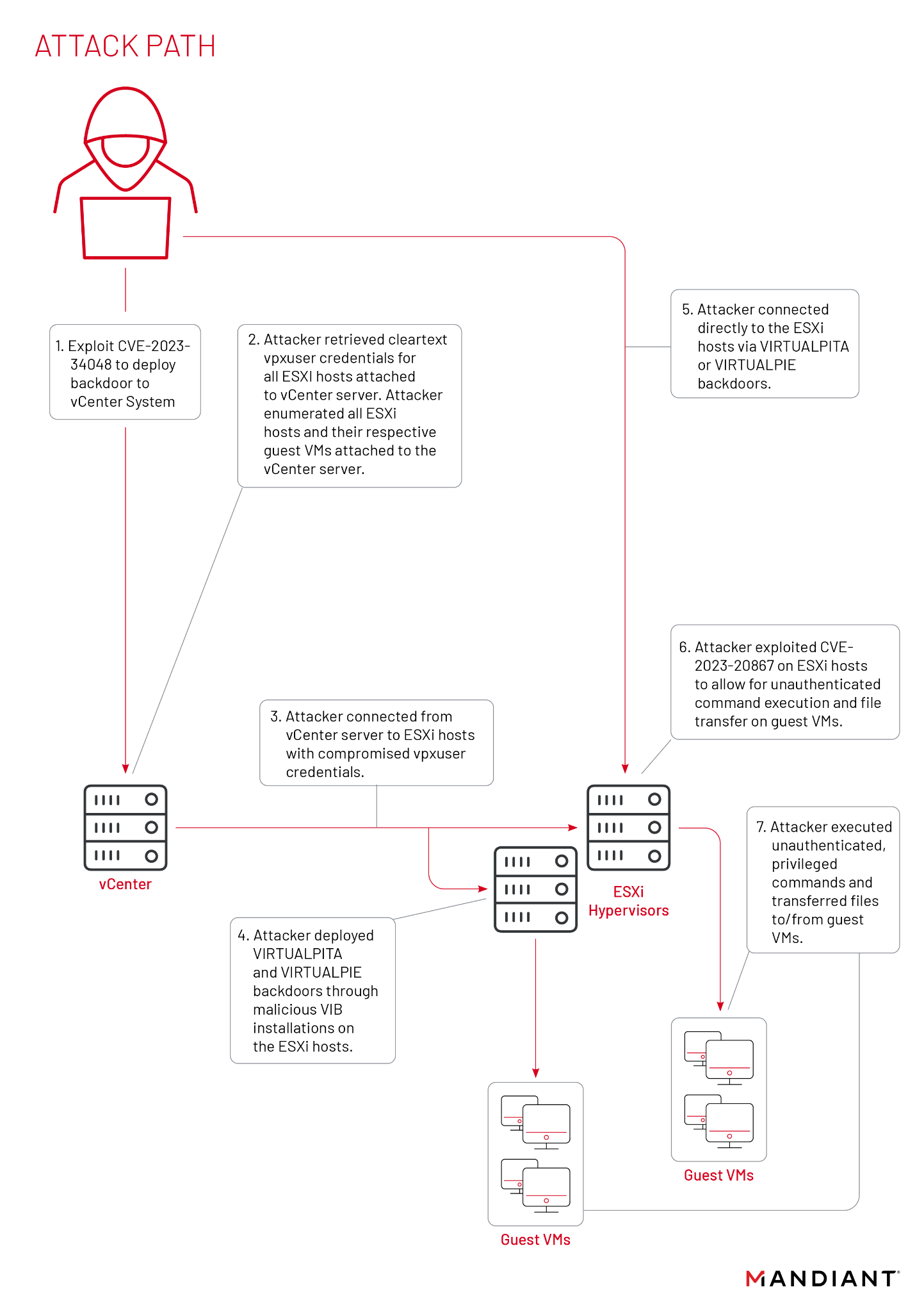VMware: What’s new in vSphere 6.0
Install & Upgrade
- Enhanced Install and Upgrade Capabilities – Windows vCenter installation experience has been enhanced with additional capabilities including custom ports, custom paths, uninstall and error messaging improvements. Furthermore, all upgrade paths from Windows vCenter 5.0 and up are now supported. vCenter Server Appliance now has a guided installer. Separate ISOs and scripted installation for both vCenter Server for Windows and vCSA reduce the overall download time and improve automation capabilities respectively.
Compute
- Expanded Support for New Hardware, Architectures, and Guest Operating Systems – Expanded support for the latest x86 chip sets, devices and drivers. Added support for FreeBSD 10.0 and Asianux 4 SP3 guest operating systems.
- Increased Scalability – Increased configuration maximums in vSphere 6: Cluster maximums have increased to support up to 64 nodes and 6,000 VMs. Virtual Machines will support up to 128 vCPUs and 4TB vRAM and Hosts will support up to 480 physical CPUs, 12 TB RAM, 64 TB datastores, 1000 VMs and 32 Serial Ports. Increased support for virtual graphics including Nvidia GPU.
- Instant Clone – Technology built in vSphere 6 that lays that foundation to rapidly clone and deploy virtual machines, as much as 10x faster than what is currently possible today.
Storage
- Storage IO Controls – New support for per Virtual Machine storage reservations to guarantee minimum service levels.
- Virtual Volumes (VVol) – Existing SAN/NAS systems become VM-aware making VMDK file a first class citizen in the storage world. New APIs for data operations at the VMDK granularity.
- Increased Storage and Availability and Integration – Integrations with new content library, storage products and features including Virtual Storage Area Network, (Virtual SA), Virtual Volumes (VVol), vFlash, vSphere Replication and SRM for improved storage and availability usability.
- NFSv4.1 with Kerberos – Support for industry standard NFSv4.1 in the storage stack. ESXi will support the NFSv4.1 client, which connects to an NFSv4.1 server. Also supports Kerberos that is a security feature of NFSv4.1
Availability
- vMotion Enhancements in vSphere 6 include:
- vMotion across vCenter Servers – Allows VMs to move across boundaries of vCenter Server, Datacenter Objects and Folder Objects.
- vMotion across virtual switches – Allows VMs to move between virtual switches (standard and distributed)
- Long Distance vMotion – Enable vMotion to operate across distance of greater than 100 ms RTTs.
- Replication-Assisted vMotion – Enables customers, with active-active replication set up between two sites, to perform a more efficient vMotion resulting in huge time and resource savings – as much as 95% more efficient depending on the size of the data.
- vSphere Fault Tolerance for Multi-Processor VMs – Fault Tolerance now brings continuous protection for VMs with up to 4 vCPUs.
- vCloud Air Integration – New abilities to failover and/or to failback and/or from vCloud Air.
- vSphere Replication – Improved Scale and Performance for vSphere Replication. Improved Recover Point Objectives (RPOs) to 5 minutes. Support for 2000 VM replication per vCenter Server.
Network
- Network IO Control – New support for per Virtual Machine and Distributed vSwitch bandwidth reservations to guarantee minimum service levels.
- Multicast Snooping – Supports IGMP snooping for IPv4 packet and MLD snooping for IPv6 packets in VDS. Improves performance and scale with multicast traffic.
- Multiple TCP/IP stack for vMotion – Allows vMotion traffic a dedicated networking stack. Simplifies IP address management with a dedicated default gateway for vMotion traffic.
Management
- vSphere Web Client Enhancements – Performance improvements in vSphere 6 to areas including login, home page loading, action menus, related objects and summary views. Streamlined component layout and optimized usability experience by flattening menus and navigation.
- Multi-Site Content Library – Provides simple and effective management for VM templates, vApps, ISO images and scripts for vSphere Admins- collectively called “content” – that can be synchronized across sites and vCenter Servers.
- vSphere Host Client – C#-based host client available in the milestone that can manage hosts running hardware version 8 to 11. Flex-based host client will nog longer be available.
- VMware Certificate Lifecycle Management – A new command line interface (CLI) for managing both VMware and third-party certificates.

